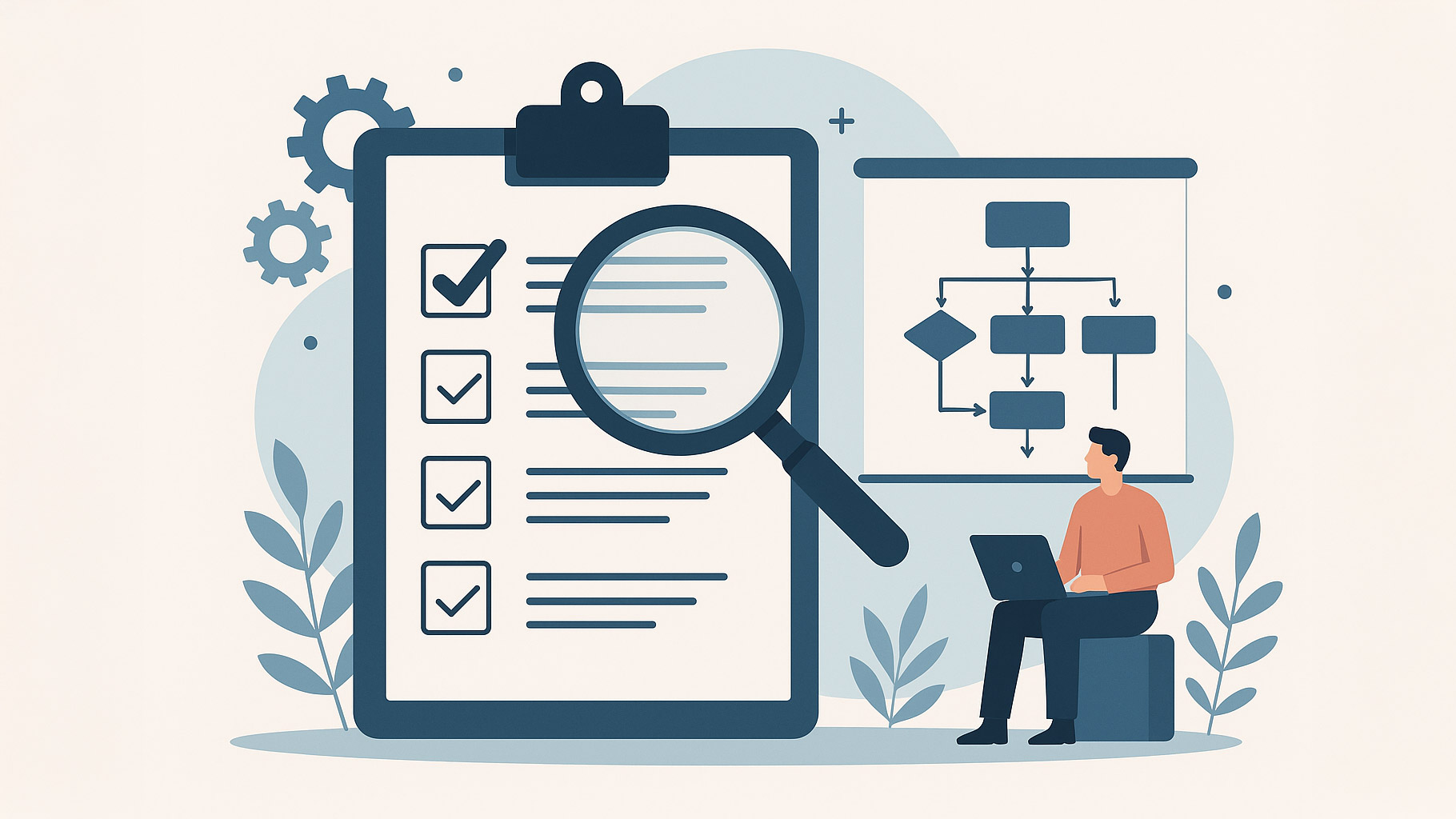If you’re like most MSPs, your tech stack has evolved in fits and spurts. You needed a new backup solution, so you grabbed one. Your RMM wasn’t scaling well, so you switched it out. You added a security platform because a client needed compliance support. Before long, you’ve got a dozen vendors, five overlapping tools, and more invoices than you’d like to admit.
Sound familiar? Well, don’t worry. It’s normal.
Most MSPs build their tech stack organically. However, the risk in that approach is what happens when you don’t take time to step back and reevaluate. Redundant tools, overlapping features, outdated pricing, and lackluster support creep in quietly. Before you know it, your margins are thinner, service delivery is messier, and your staff is less efficient.
That’s why an annual review of your stack is essential. But where do you begin? What do you look for?
First Ask Yourself: Is Each Tool Still Pulling Its Weight?
Not every piece of software or vendor contract deserves a permanent place in your business. The first step in an annual review is a quick check-in with every major platform or partner you use. For each one, ask:
- Does it actively support revenue-generating services?
- Does your team use it regularly and effectively?
- Are there better or more integrated options on the market?
- Is it delivering on promised support, reliability, and ROI?
This isn’t about reinventing your tech stack every year. It’s about staying intentional. It’s also a good opportunity to evaluate if your team is getting the most out of the tools you’re using or opportunities they create that aren’t being leveraged.
Your Team Knows Where the Friction Lives
Your engineers and technicians are on the front lines. They know which tools make life easier and which ones spark frustration.
Set up short one-on-one or group feedback sessions. Ask:
- Which tools do you love and why?
- Which ones slow you down or create duplication?
- Are there features we’re paying for but not using?
Sometimes, a platform looks great on paper but actually creates inefficiencies in the trenches. Your staff can help surface that before it affects client satisfaction.
Evaluate Vendor Relationships, Not Just Products
It’s easy to focus on the functionality of a tool. However, it’s a mistake to overlook the vendor relationship. A good partner doesn’t just sell you software; they help you grow your business.
Ask yourself:
- Are your vendors responsive when you need support?
- Do they offer resources, MDF, training, or co-marketing help?
- Have they raised prices without adding value?
- Are they innovating or just coasting?
Keeping you functional is important, but strong partnerships really should keep you competitive.
Consider Integration and Ecosystem Compatibility
Do your tools talk to each other? Disconnected platforms mean more manual work, more room for error, and longer onboarding times for new staff.
As you review each vendor, consider the following:
- Does this tool integrate with your PSA, RMM, and documentation systems?
- Are there newer options that offer better ecosystem fit?
- Would consolidation (fewer tools, broader platforms) reduce friction?

Malik Khan
A streamlined vendor stack is easier to manage and scale. But you also must consider the other half of the equation. “It isn’t only about how well a tool fits with our existing stack but also how it aligns with our service delivery processes, how readily our team can adopt it, and the tangible value it brings to our customers,” emphasized Malik Khan, founder and CEO of Raleigh, NC-based cloud MSP PointClick Technologies. “It’s about crafting a cohesive ecosystem where each tool enhances the others, ultimately driving superior outcomes.”
Review the Financial Impact
Finally, dig into the numbers.
- Are you getting a positive ROI from each tool based on usage and client billables?
- Could you renegotiate contracts or qualify for better pricing tiers?
- Is your billing structure aligned with what you’re paying vendors (i.e., are costs passed through properly in your bundles)?

Krishna Dunthroori
Bundling a digital adoption platform (DAP) into a software stack is key to increasing customer loyalty and success. That’s according to Krishna Dunthoori, founder and CEO of Apty. “DAPs help customers achieve and demonstrate ROI from their software upgrades faster and more conclusively,” he noted.
Tool bloat silently erodes profit. A yearly audit, and potentially a DAP, helps plug those leaks.
Make the Stack Review a Formal Process
Don’t just think about your stack review when something breaks. Put it on the calendar. Treat it like a QBR for your own operations. Assign ownership, typically to the service manager or operations lead. Then, create a checklist and set an expectation that everything in your stack should justify its place annually.
Of course, you might not make major changes every year. That said, knowing you’ve intentionally reaffirmed your decisions puts you miles ahead of MSPs who are coasting on outdated or overpriced tools.
The Stack You Built 5 Years Ago Isn’t What You Need Today
Technology changes, client needs evolve, and teams grow. What worked when you had three techs and 10 clients likely will not hold up when you’ve got 30.
Your tech stack isn’t just a list of tools; it’s the backbone of your service delivery and profitability. It deserves the same attention as your marketing strategy or sales pipeline. Review, question, and optimize it. Your future self and your margins will thank you.
Next Steps
- Want more helpful guidance on this topic? Check out our Running a Profitable MSP Answer Center.
- Have a question for our experts? Send it to editors@channelpronetwork.com
ChannelPro has created this resource to help busy MSPs streamline their decision-making process. This resource offers a starting point for evaluating key business choices, saving time and providing clarity. While this resource is designed to guide you through important considerations, we encourage you to seek more references and professional advice to ensure fully informed decisions.
Image credit: DALL-E













